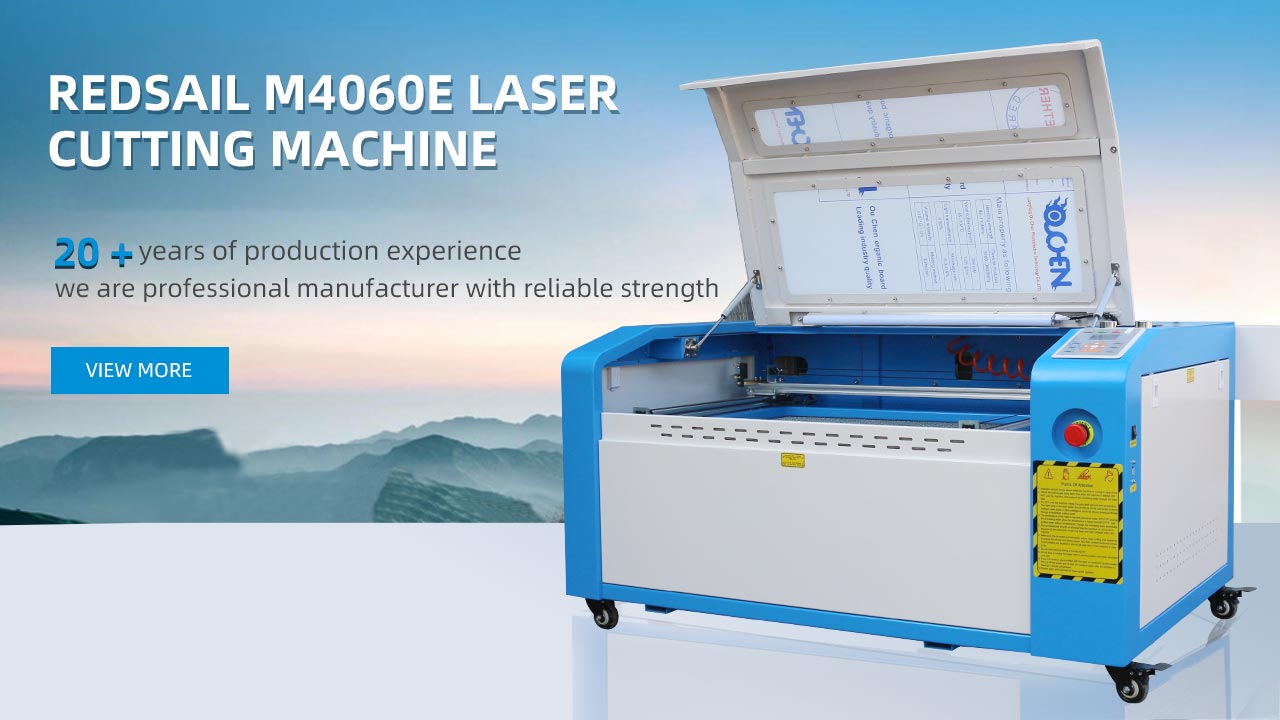How Can Laser Cut Wood Be Crafted? A Step-By-Step Guide
Introduction
Laser cutting has revolutionized the world of woodworking, allowing for intricate and precise designs that were previously difficult to achieve. Whether you’re a beginner or an experienced woodworker, laser cutting can open up a whole new world of possibilities for your craft. In this step-by-step guide, we’ll walk you through the process of crafting with laser-cut wood, from designing your project to finishing the final piece.
Step 1: Designing Your Project
The first step in crafting with laser-cut wood is to design your project. This can be done using various software programs such as Adobe Illustrator, CorelDRAW, or even free software like Inkscape. Make sure to consider the characteristics of the wood you’ll be using, as different kinds of wood may react differently to laser cutting.

Step 2: Preparing the Wood
Once you have your design ready, it’s time to prepare the wood for laser cutting. Start by selecting a suitable type of wood that is compatible with laser cutting, such as plywood or MDF. Measure and cut the wood to the desired size, ensuring it fits within the laser cutter’s working area.
Step 3: Setting Up the Laser Cutter
Before you start cutting, you need to set up your laser cutter. Make sure the laser cutter is properly calibrated and aligned. Adjust the settings such as power, speed, and frequency based on the type of wood and design complexity. It’s always a good idea to run a test cut on a scrap piece of wood to ensure the settings are correct.

Step 4: Loading the Design and Wood
With the laser cutter ready, it’s time to load your design and wood. If using software like Adobe Illustrator, convert your design into a suitable file format for the laser cutter, such as a vector file (e.g., .ai, .svg). Load the file into the laser cutter software and position it on the virtual workspace. Then, carefully place the prepared wood onto the laser cutter bed, making sure it is securely held in place.
Step 5: Cutting the Wood
Once everything is properly set up, you can start the laser cutting process. Double-check the settings on the laser cutter, particularly the power intensity and speed, to ensure they are appropriate for the type of wood you are using. Begin the cutting process and closely monitor it to ensure that the laser follows the desired path and cuts through the wood accurately.

Step 6: Removing the Finished Piece
After the laser cutting process is complete, wait for the wood to cool down before removing the finished piece from the laser cutter. Be careful as the cut edges might still be hot. Gently detach the wood from the laser cutter bed, and you should have a perfectly cut piece ready for further refinement.
Step 7: Finishing and Refinement
Now that you have your laser-cut wood piece, it’s time for some finishing touches. Sand any rough edges or surfaces, ensuring a smooth finish. You can also apply a suitable wood finish, such as varnish or paint, to enhance the appearance and protect the wood from damage.

Step 8: Bringing Your Project to Life
With your laser-cut wood piece finished, it’s time to transform it into your desired creation. Whether it’s a decorative item, a functional product, or a part for a larger project, the possibilities are endless. Use your creativity and woodworking skills to assemble, paint, or incorporate the laser-cut wood into your project, and enjoy the satisfaction of bringing your design to life.
FAQs
A: Plywood, MDF (Medium Density Fiberboard), acrylic, and balsa wood are commonly used for laser cutting. Always check the specifications of your laser cutter to ensure compatibility with the wood you choose.
A: Laser-cut wood pieces can be quite durable, depending on the type of wood used and the finish applied. Consider the purpose of your project and choose a suitable wood type and finish to ensure longevity.
A: Yes. Laser cutting offers the advantage of creating intricate and detailed designs that are otherwise difficult to achieve using traditional woodworking techniques.





